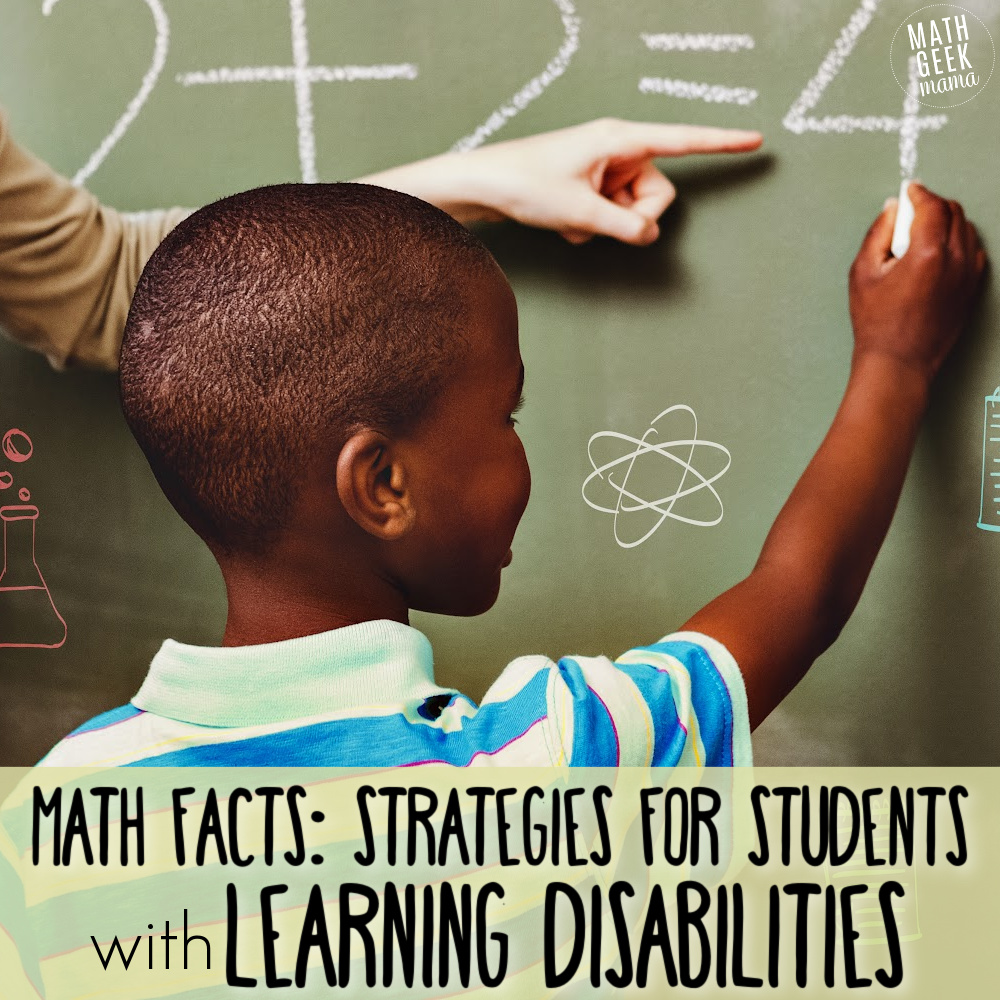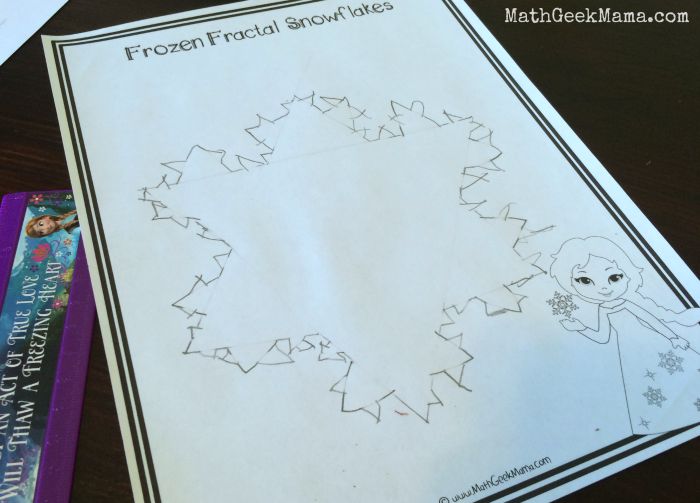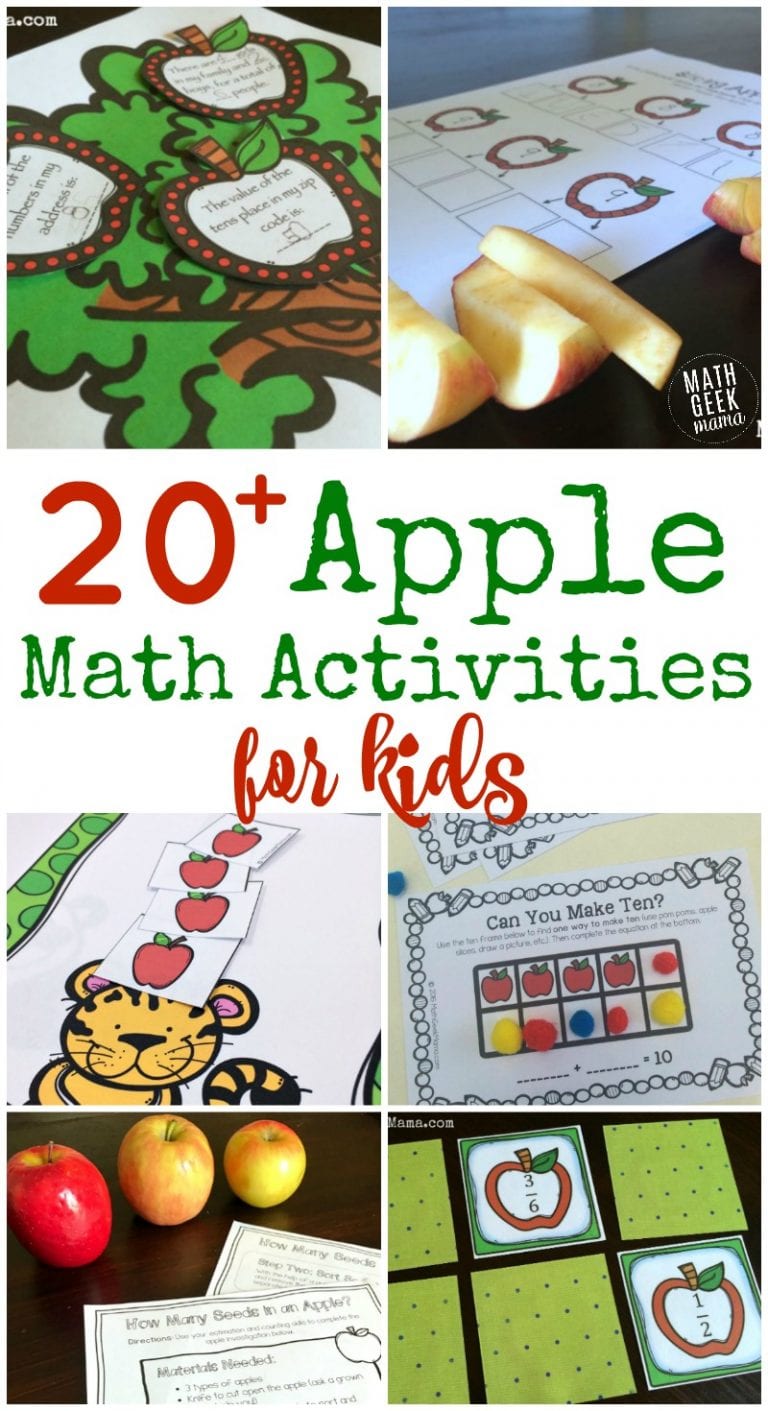7 Math Fact Fluency Strategies for Students with Learning Disabilities
Do you teach students with learning disabilities? It is important for students to know their math facts and these math fact fluency strategies will help ensure all students can be successful.
Math fact fluency is essential and plays a fundamental role in a student’s mathematical education. For students with learning disabilities, mastering math facts can be particularly daunting, but with the right strategies and support, they can develop strong math fact fluency. Math fact fluency, the ability to recall basic arithmetic facts quickly and accurately, is essential for building a solid foundation in math and progressing to more complex concepts.

This is a guest post from Karla at One Room Schoolhouse.
Why spend time on math fact fluency?
- Efficiency: Fluency in math facts allows students to perform calculations quickly and accurately. This efficiency is crucial in everyday life when making calculations, from shopping to cooking.
- Problem-Solving: Math fact fluency enables students to focus on problem-solving rather than getting bogged down by basic calculations. When students don’t have to spend excessive time on simple math facts, they can tackle more complex and interesting math problems.
- Confidence: Mastering math facts gives students confidence in their mathematical abilities. This confidence extends beyond math class and can positively impact their overall self-esteem and academic performance.
- Reduces Math Anxiety: Math fact fluency can help reduce math anxiety. When students are confident in their ability to perform basic math operations, they are less likely to experience anxiety when faced with math tasks.
- Conceptual Understanding: A strong foundation in math facts enhances a student’s conceptual understanding of mathematics. It helps students see relationships between numbers and operations, making more complex math concepts easier to grasp.
How to Develop Math Fact Fluency in Students with Learning Disabilities
- Understand Learning Styles and Disabilities
Before diving into strategies, it’s crucial to recognize that each student is unique, and learning disabilities can vary widely. Some common learning disabilities that impact math fact fluency include dyslexia, dyscalculia, and attention deficit hyperactivity disorder (ADHD). Tailoring strategies to the specific needs of the student is key.
- Multisensory Learning: Engage All Senses
Engaging multiple senses while learning can enhance knowledge retention. For students with learning disabilities, multisensory approaches are especially effective. Use tactile materials like counting beads, number lines, and manipulatives to reinforce concepts and create a multisensory learning experience.
- Chunking and Patterning
Break down math facts into smaller, manageable chunks. Instead of trying to memorize all addition or multiplication facts at once, focus on subsets like 0-5, 6-10, or specific patterns (e.g., doubles, near-doubles). This approach makes the task less overwhelming and allows students to build confidence gradually.
- Visual Aids and Memory Aids
Visual aids such as charts, diagrams, and flashcards can help students associate numbers with visual representations. Memory aids like rhymes, acronyms, or mnemonics can make abstract concepts more memorable. For example, “8 times 8 is 64, just like a square!”
- Regular Practice and Repetition
Consistent practice is vital for building fluency. Use games, apps, or worksheets designed to reinforce math facts. Short, focused practice sessions are more effective than lengthy sessions which may lead to frustration. Encourage students to practice a little bit every day. Practice must be fun or students will not be engaged and will not learn.
- Use of Technology and Apps
Technology can be a powerful tool to engage and support students with learning disabilities. There are numerous math apps and online platforms that offer interactive and adaptive practice, tailoring challenges to individual skill levels and progress.
Gimkit and Blooket are great for increasing math fact fluency because they combine gamification, immediate feedback, adaptability, competition, customization, and accessibility. These elements create an engaging and effective learning environment that can benefit all students, including those with learning disabilities.
By making math practice enjoyable and dynamic, these platforms help students build strong foundations in math fact fluency while nurturing a love for learning. These sites also keep track of data that allows the teacher to see which facts have been mastered and which facts are still challenging to students.
- Progress Monitoring and Positive Reinforcement
Keep track of the student’s progress and celebrate their successes, no matter how small. Positive reinforcement boosts confidence and motivation. Setting achievable goals and offering rewards can turn the learning process into a positive experience.
Math fact fluency for students with learning disabilities requires a tailored and holistic approach. By understanding each student’s individual needs, employing multisensory techniques, utilizing visual aids and memory aids, and fostering a positive and supportive environment, educators and parents can help these students build a strong foundation in math.
With patience, dedication, and the right strategies, every student can achieve success in math, regardless of their learning challenges. You can also find some of my favorite products here.











